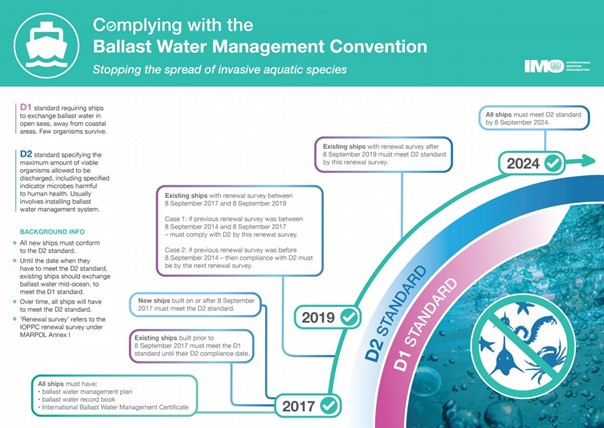Ballast water analysis is a type of analysis performed to control samples taken from ballast water treatment systems. In line with IMO (International Maritime Organization) and USCG (United States Coast Guard) ballast water conventions, ballast water analysis is required for commissioning and control purposes.
Ballast water is formed by drawing seawater into tanks in certain parts of the ship to keep ships in balance, to increase navigational efficiency. The amount of ballast water varies according to the load condition. Empty ships need more ballast water, as the ship load increases, the ballast water decreases. In such cases, the ballast water taken is released back into the sea or vice versa. Ballast water operation, which is carried out uncontrolled by geographical changes, creates inconvenience in terms of ecology and environment. The living ecosystem of one region can move to another region, and invasive species can disrupt the existing ecosystem.





